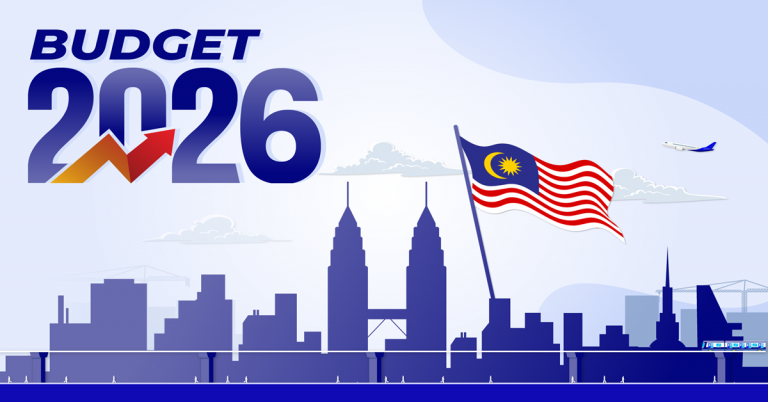Malaysia’s Budget 2026: What You Need to Know

Table of Contents
The government just dropped Budget 2026, and it’s huge — RM470 billion huge. But instead of just throwing money around, this year’s budget is all about being smarter, fairer, and a little more disciplined (or so it appears).
Here’s the quick breakdown of what’s going on with your taxes, subsidies, and future in 2026.
The Big Picture: Smarter Spending, Bigger Goals
Budget 2026 is the first budget under the 13th Malaysia Plan (2026-2030), which means it’s setting the tone for the next five years of growth. Think of it as Malaysia’s five-year “level-up plan” from building better schools and infrastructure to creating high-value jobs and greener cities.
The total amount? RM470 billion, our biggest yet. But here’s the twist:
Most of it (about RM338 billion) goes to keeping the government running through salaries, healthcare, education, and so on.
Around RM81 billion is reserved for building roads, housing, transport systems, internet towers, and other projects that (hopefully) make life better.
The budget deficit (basically how much we overspend) is to be brought down to 3.5% of GDP in 2026. This is part of our government’s effort to be more financially disciplined.
And while there is no GST revival (for now), there’ll be new ways to raise revenue such as better tax collection through e-invoicing, a carbon tax for polluting industries, and slightly higher sin taxes on alcohol and cigarettes.
In short: Malaysia’s spending big, but also cleaning up how it spends.
Targeted Help Over Blanket Aid
2026 continues Malaysia’s move away from blanket subsidies toward targeted support, ensuring aid goes to those who need it most.
Key highlights include:
- Sumbangan Tunai Rahmah (STR): cash aid for B40 families continues.
- SARA: monthly assistance increases from RM 100 to RM 200 for eligible households.
- One-off RM 100 cash payment for all Malaysians aged 18 and above in February 2026.
- i-Saraan Plus: new EPF matching contributions for gig and self-employed workers (government covers 70 percent in year one, 50 percent in year two).
- Continued discounted public-transport passes in major cities.
The approach is about impact over popularity: fewer broad subsidies, but more meaningful assistance for lower-income Malaysians and vulnerable groups.
Education, Jobs and the Future
Education remains a top priority with RM 66.2 billion allocated to the Education Ministry — the largest share of the budget.
The focus is on improving learning quality, digital access, and preparing Malaysians for jobs of the future:
- Strengthening STEM, TVET and digital-learning programmes.
- Upgrading schools and facilities, especially in Sabah and Sarawak.
- Expanding teacher training and Internet infrastructure.
- Providing more scholarships and reskilling opportunities in technology, healthcare, renewable energy and data fields.
These measures aim to bridge the skills gap and help more graduates enter higher-value industries instead of being stuck in low-wage jobs.
Building a Smarter, Cleaner Economy
Budget 2026 also focuses on structural reform and sustainability, shifting Malaysia toward a more digital and green economy.
Key measures include:
- A Government Procurement Act to improve transparency in public contracts.
- Wider use of e-invoicing and digital tax IDs to reduce leakages.
- A carbon tax starting with energy-intensive sectors such as iron and steel.
- More investment in AI, automation, semiconductors, and renewable energy.
- Incentives and funding support for MSMEs, start-ups and Malaysian-made innovations.
What It Means for You
Students
Expect more scholarships, better classroom facilities, and stronger digital learning support.
Fresh graduates
More training and incentives for companies in tech, data, and sustainability mean more diverse job opportunities.
Gig workers
The i-Saraan Plus programme makes it easier to save for retirement through EPF while staying self-employed.
Everyday Malaysians
Cash aid under STR and SARA continues, and targeted subsidies should make government spending fairer and more efficient.
Final Take
Budget 2026 represents Malaysia’s effort to balance growth with discipline. Instead of quick handouts, it invests in education, innovation, and regional development.
If implemented well, it could strengthen the economy, create better jobs, and help Malaysians transition toward a greener, more digital future. If not, we may be back here next year asking the same question: where did all the money go?









